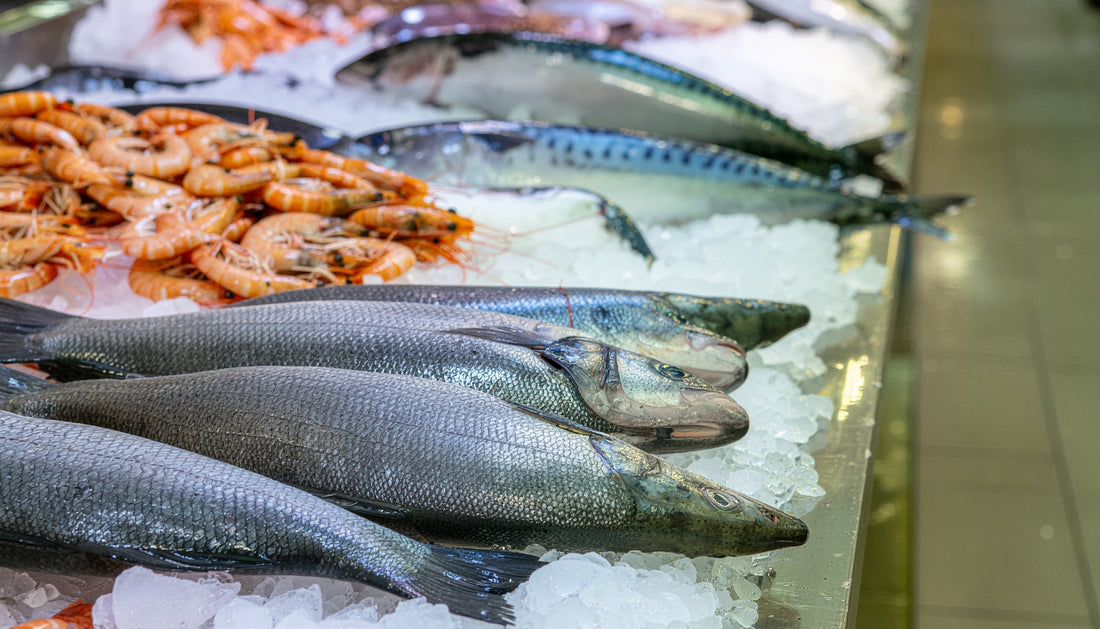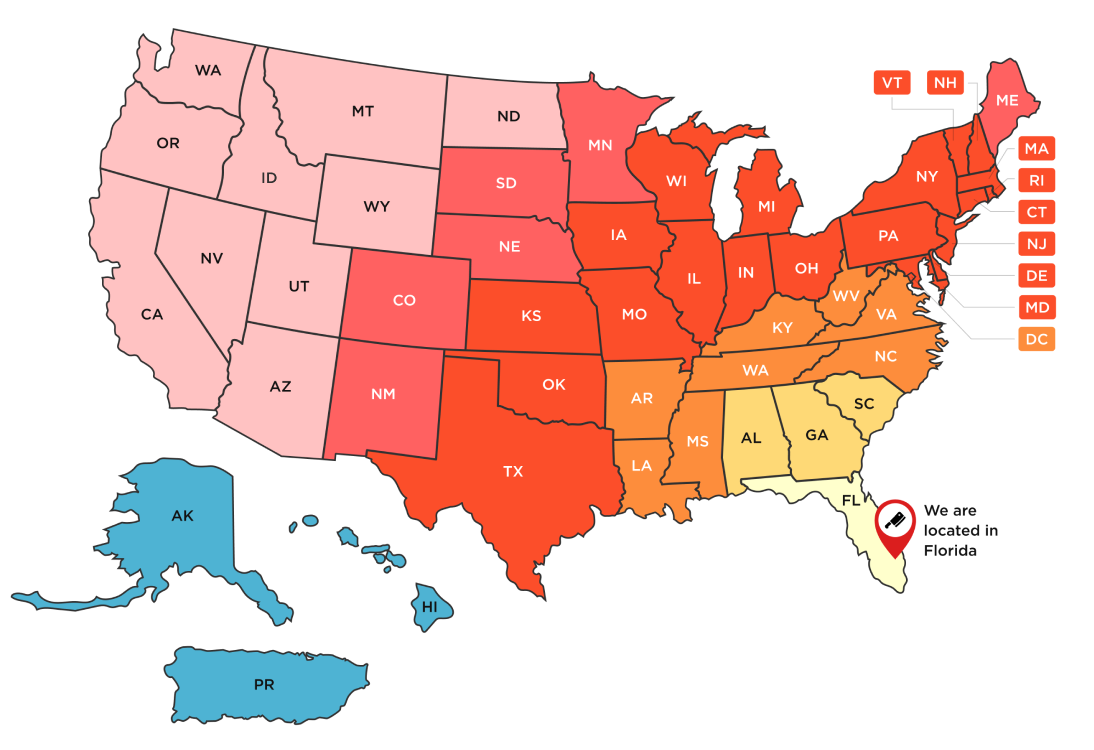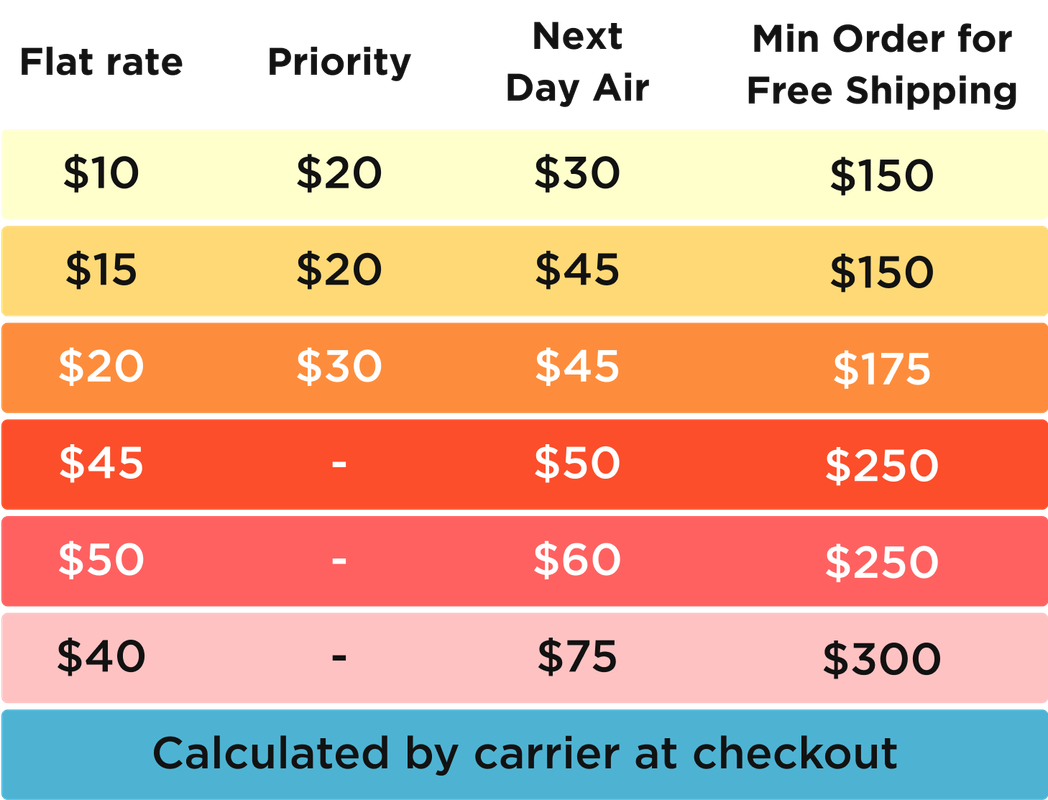
Stop Lying to Yourself: Unless You Live by the Dock, You’re Not Buying “Fresh” Fish
Most of us don’t live steps from a working pier. We live where seafood rides planes and trucks, crossing time zones before it reaches a display case. That fillet you’re eyeing may look gorgeous on crushed ice, but “fresh” is a slippery word. Here’s the truth: unless you’re buying right off the boat (or from a program with true same-day logistics), your best bet for flavor, texture, and safety is often high-quality frozen fish—thawed properly—or fish that was frozen at peak and kept that way until you cook it.
What “fresh” actually means
“Fresh” typically means not currently frozen. It doesn’t guarantee the fish was never frozen earlier, nor does it tell you how many days it’s been since harvest. Fish quality starts ticking down the moment it leaves the water; even when handled perfectly, the home-cook window is only 1–2 days in the fridge. That’s reality—not a scandal. Freezing, when done right, is a tool to pause the clock close to the catch.

Why frozen-at-peak often wins
Properly handled, rapid-frozen seafood (blast or plate frozen, vacuum-sealed) preserves muscle structure, moisture, and aroma far better than a “fresh” fillet that’s ridden around on ice for days. It’s not magic; it’s physics. Cold protects quality, and a tight cold chain lowers waste and variability. In blind tastings, many people can’t tell the difference—or they prefer the frozen-at-peak option because it cooks more consistently.
The raw-fish wrinkle
If you’re making crudo, poke, or sushi at home, freezing isn’t just acceptable—it’s recommended. Certain fish can carry parasites, and controlled freezing is a widely used kill step. “Sushi-grade” isn’t a regulated safety claim; what matters is whether the fish has been handled according to parasite-control guidance and kept cold the entire way. When in doubt, cook it.

How the supply chain really works
-
Catch: Fish are chilled on ice immediately; many high-end operations flash-freeze on the vessel or at the plant.
-
Processing: Filleted, portioned, vacuum-sealed, and shipped frozen to protect quality and extend reach.
-
Retail: Many counters thaw under refrigeration and sell as “fresh” (often labeled “previously frozen”). That’s normal—ask which day it was thawed.
Shop smarter (anywhere)
-
Ask three questions at the counter:
-
Was it ever frozen? 2) If thawed, when? 3) Origin and harvest/landing date?
-
-
Use your senses: Clean, briny smell (never sour or ammonia). Flesh should spring back when pressed; bloodline bright, not brown or dry.
-
Choose formats that fit your plan: Cooking tonight or tomorrow? Fresh is fine. Cooking later this week? Buy frozen portions.
-
Portions that perform: For pan-searing, 6–8 oz fillets at ~1–1¼ inches thick are ideal. For grilling, opt for steaks or firmer species.
Store and handle like a pro
-
Fridge window: 1–2 days max for fresh fish. Keep it as cold as possible—set a perforated rack over a pan, cover fish with crushed ice, drain meltwater, and re-ice daily.
-
Freezer: Keep at 0°F/−18°C or below. Label dates. Most lean fish hold quality for 6–8 months; richer fish (salmon, tuna) are best within 2–3 months.
-
Thawing: In the fridge overnight is best. In a pinch, place sealed portions under cold running water until pliable, then cook. Avoid countertop thawing.
-
Cooking temps: For most preparations, pull fish around 125–135°F internal for juicy, just-set flakes (go leaner/closer to 125°F; oily species tolerate a touch higher). Rest a couple minutes and finish with salt, fat, and acid

When “truly fresh” makes sense
-
You live near a port and can buy same-day.
-
You’re working with a day-boat program that discloses harvest and delivery timelines.
-
You’ll cook today or tomorrow and you have space to ice and drain properly.
Otherwise, frozen-at-peak is your friend. It gives you consistency, reduces waste, and lets you plan dinner on your schedule—not the boat’s.
A measured recommendation
At Meat N’ Bone, we prioritize cold-chain discipline and transparency. We won’t pretend your fish was swimming yesterday—we make sure it’s handled right, rotates quickly, and tastes its best. Most of our seafood is flash-frozen at peak quality. Cooking tonight? We’ll show you how to thaw safely and fast. Planning later in the week? Our vacuum-sealed portions deliver reliable texture, clean flavor, and zero hassle. No hard sell—just the right format for how you actually cook.

Sources
-
NOAA Fisheries — “How to Store and Handle Seafood.” NOAA Fisheries
-
FDA — “Selecting and Serving Fresh and Frozen Seafood Safely.” U.S. Food and Drug Administration
-
FDA — “Fish and Fishery Products Hazards and Controls Guidance.” (overview + download) U.S. Food and Drug Administration+1
-
USDA ERS — “Charts of Note: U.S. seafood imports” (import share context). Economic Research Service
-
USDA ERS — “Amber Waves: U.S. Seafood Imports Expand…” (additional import stats). Economic Research Service
-
FoodSafety.gov — “Safe Selection and Handling of Fish and Shellfish.” FoodSafety.gov
← Older Post Newer Post →








